The haunting melodies of the Hungarian cimbalom, a hammered dulcimer with roots tracing back to Gypsy traditions, have long captivated audiences across Europe and beyond. This intricate instrument, with its metallic strings and resonant wooden body, carries within its music the echoes of centuries of migration, cultural exchange, and artistic evolution. The cimbalom's journey is not just a tale of an instrument but a reflection of the Romani people's resilience and their profound influence on European musical heritage.
The origins of the cimbalom are shrouded in mystery, much like the nomadic lifestyle of the Romani people who popularized it. Historians believe its ancestors can be traced to ancient Persia, where similar stringed instruments were played as early as the 9th century. As the Romani people migrated westward, they brought with them their musical traditions, adapting and evolving them to suit new environments. By the time the instrument reached Central Europe in the 15th century, it had already undergone significant transformations, acquiring the distinctive features that would later define the Hungarian cimbalom.
In Hungary, the cimbalom found fertile ground for further development. The instrument became deeply intertwined with Hungarian folk music, particularly in the hands of Romani musicians who were often employed by aristocratic families to provide entertainment. These musicians were masters of improvisation, blending traditional Romani styles with local Hungarian melodies to create a vibrant new sound. The cimbalom's versatility allowed it to mimic the human voice, imitate nature sounds, and even replicate the effects of entire orchestras, making it indispensable in both rural celebrations and urban salons.
The golden age of the cimbalom arrived in the 19th century, when instrument maker József Schunda created the concert cimbalom in Budapest. This larger, more sophisticated version featured a damper pedal and an expanded range, elevating the instrument from folk ensembles to classical concert halls. Composers like Franz Liszt and Zoltán Kodály began incorporating the cimbalom into their works, recognizing its unique tonal qualities. Meanwhile, Romani bands featuring the instrument traveled across Europe, spreading its distinctive sound from Paris to St. Petersburg and cementing its reputation as the "Gypsy piano."
As the 20th century dawned, the cimbalom's journey took unexpected turns. The devastation of World War I and the subsequent decline of aristocratic patronage forced many Romani musicians to adapt their art to changing circumstances. Some found work in urban cafes and restaurants, while others emigrated to America, taking their cimbaloms with them. In New York and Chicago, the instrument became a curious novelty, occasionally appearing in jazz ensembles or theatrical productions. Back in Europe, the cimbalom faced periods of both neglect and revival, as political upheavals and changing musical tastes alternately threatened and renewed interest in traditional folk instruments.
Today, the cimbalom continues its wandering existence, though its context has changed dramatically. Contemporary musicians are rediscovering its potential, blending traditional techniques with modern genres. In Budapest, virtuosos like Kálmán Balogh push the instrument's boundaries, while in film studios from Hollywood to Berlin, the cimbalom's eerie, evocative tones enhance movie soundtracks. Meanwhile, Romani communities across Europe strive to preserve their musical heritage, teaching younger generations the intricate art of cimbalom playing even as they adapt to 21st-century realities.
The story of the cimbalom is ultimately one of cultural survival and transformation. From its shadowy origins in the Middle East to its current status as both a cherished folk instrument and a tool for musical innovation, the cimbalom has traveled further than most instruments ever do. Its strings vibrate with history - the joys and sorrows of the Romani people, the changing landscapes of European music, and the endless human capacity for artistic reinvention. As long as there are musicians willing to explore its possibilities, the cimbalom's journey is far from over.

By /Jun 6, 2025
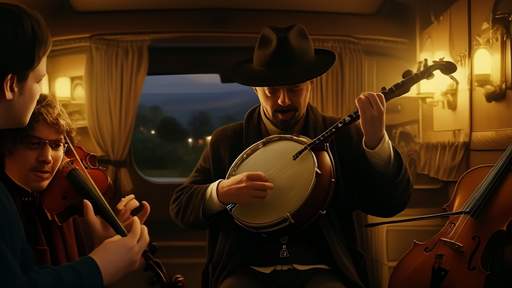
By /Jun 6, 2025

By /Jun 6, 2025

By /Jun 6, 2025
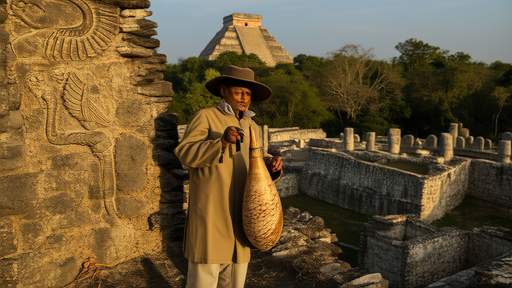
By /Jun 6, 2025
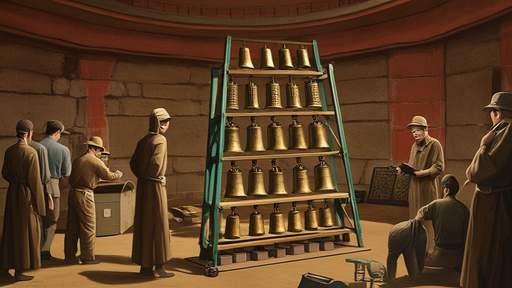
By /Jun 6, 2025

By /Jun 6, 2025

By /Jun 6, 2025

By /Jun 6, 2025
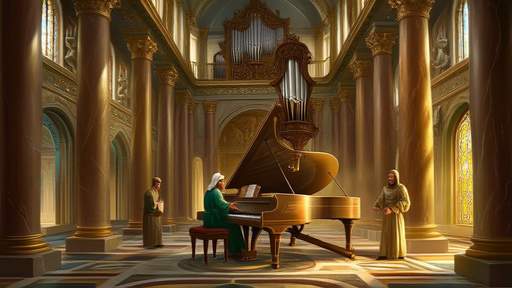
By /Jun 6, 2025
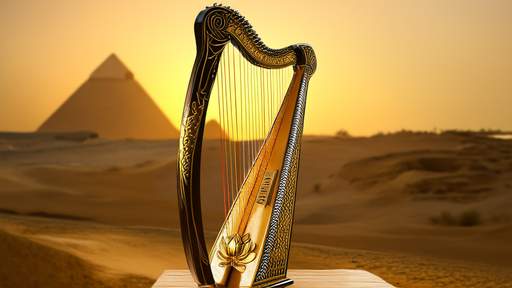
By /Jun 6, 2025

By /Jun 6, 2025
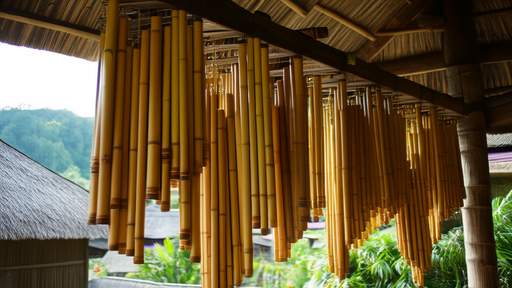
By /Jun 6, 2025
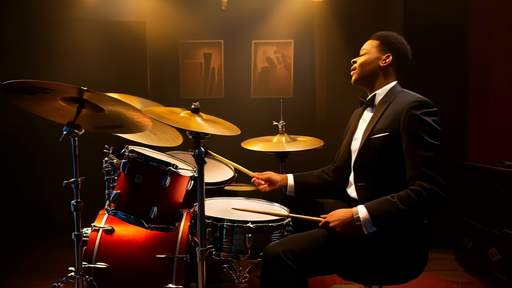
By /Jun 6, 2025

By /Jun 6, 2025

By /Jun 6, 2025
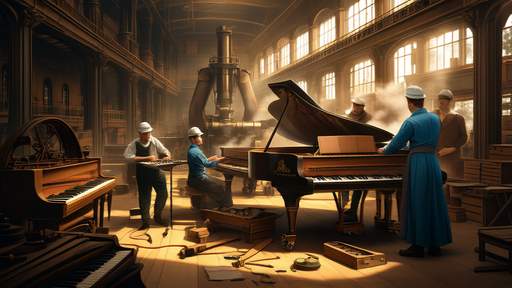
By /Jun 6, 2025
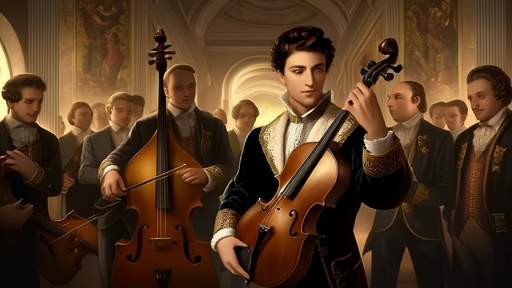
By /Jun 6, 2025
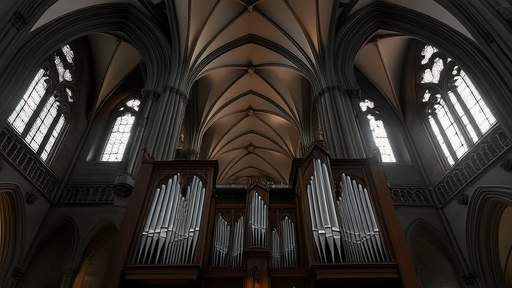
By /Jun 6, 2025

By /Jun 6, 2025